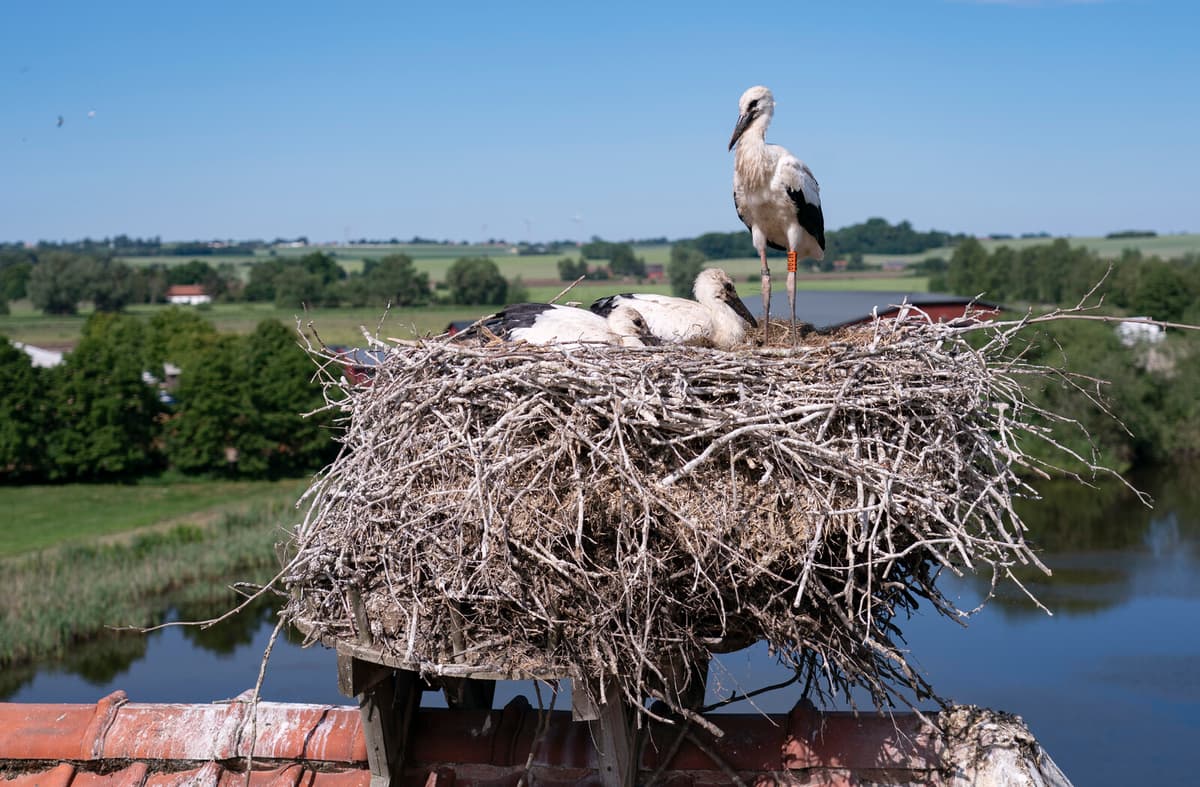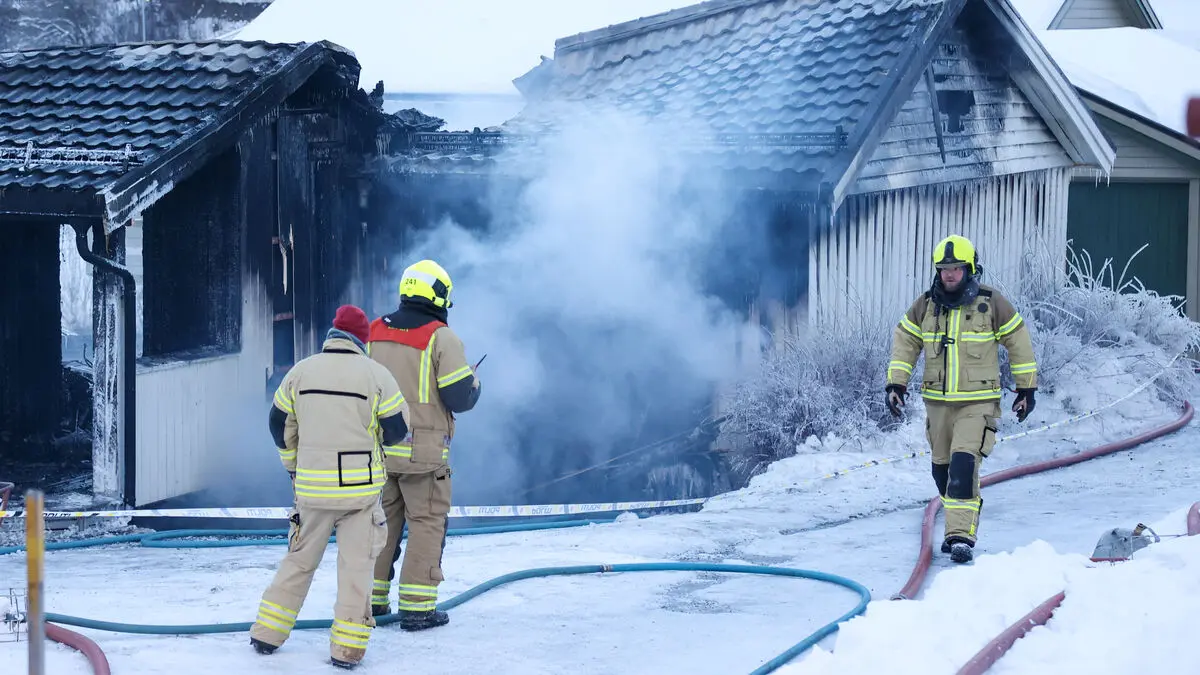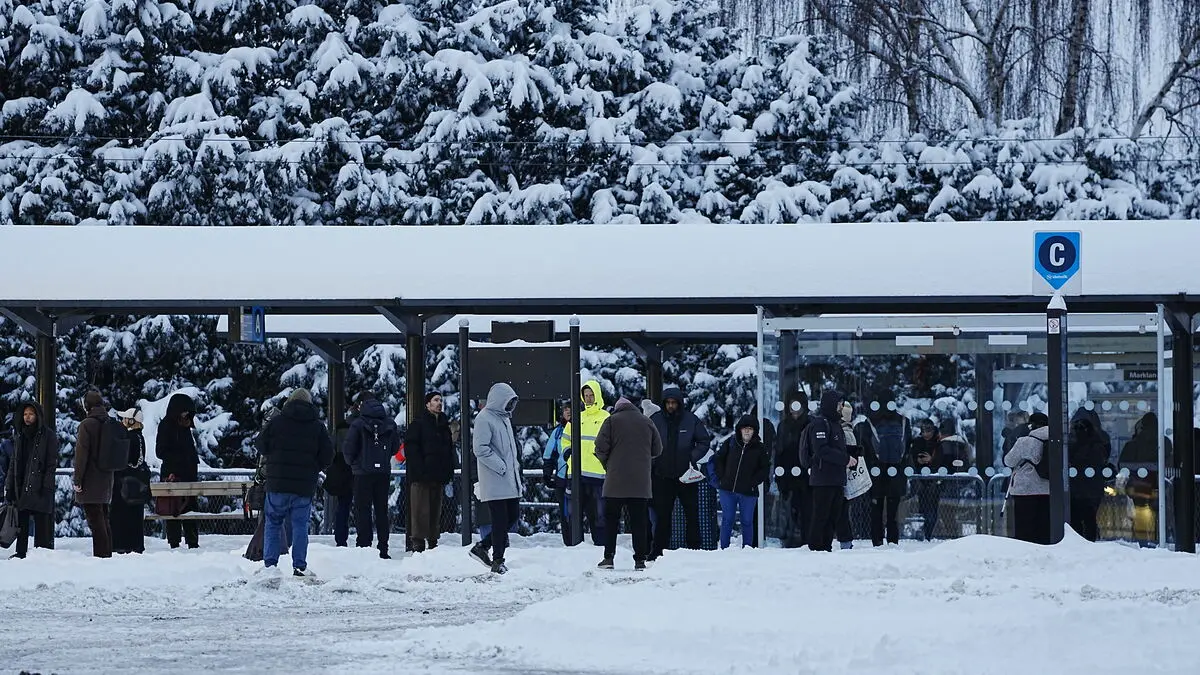It is the harsh reality for large birds, notes Staffan Åkeby, who is part of the stork project's management group.
Eighty percent of the storks found dead are under power lines.
- It is the major threat to these gliding birds, in our country and in Western Europe. In Africa, it is other things that kill them - illegal hunting and predators.
The storks are raised in enclosures and released in large groups, which then migrate south, in some cases as far as to Africa, where they grow up and become sexually mature. Then the hope is that they will migrate back, but some settle and breed in Germany or Denmark instead.
Stabilized
In 1989, when the project started, no storks had managed to form pairs and breed in Sweden since the 1950s.
Now, the number of breeding wild stork pairs has stabilized at around 50 per year, after a setback due to bird flu. The long-term goal is to reach twice that number.
- Our goal is to produce a free-breeding and migrating population of at least 100 pairs, preferably 150. We will probably have to keep going for ten years, at least.
Failed to breed
In the stork's favor is that more and more landowners, with the help of grants, are investing in restoring wetlands. But there are challenges. Last year, for example, many failed to breed.
When we collected the eggs in the enclosures and cracked them, it turned out that they had almost fully developed fetuses in them.
The hypothesis is that they were disturbed by visitors and during feeding, and therefore did not incubate enough, which can be devastating if it is a cool spring. The project has now taken note of this.
Another challenge is to get the storks to spread better across Skåne.
They are so incredibly social, so they want to live where other storks live. That is currently our problem. We have to spread them across the landscape, says Staffan Åkeby.
Cecilia Klintö/TT
Fact: How the stork population will spread
TT
The stork project in Skåne has two permanent enclosures, one in Fulltofta and one at Hemmestorps mölla, where storks form pairs and breed for one or more years before being released.
In addition, there are release enclosures, which are placed in environments that are favorable for storks. Stork pairs are placed there during the winter and released into the wild in the spring to breed.
Some young storks are kept in the release enclosures so that the released storks will stay in the area. This is repeated annually until a local stock is established.
Every year, in late summer, a large number of young storks are released to enable them to migrate south, with the hope that they will return to Skåne when they have become sexually mature and will breed.
The big stork release this summer will take place on July 26.
Source: The Stork Project






